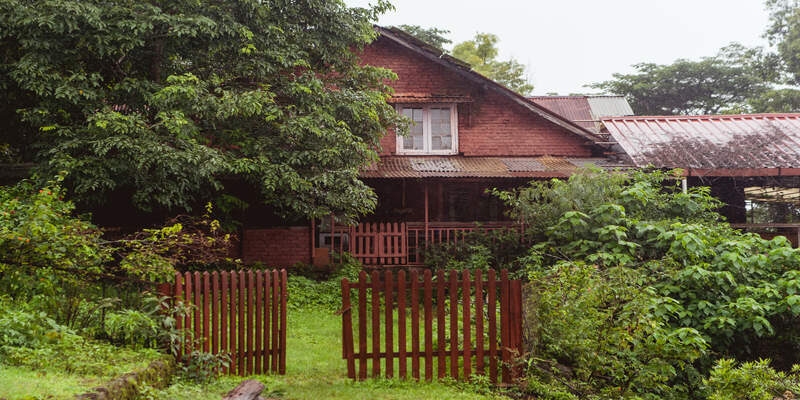Chasing the Northern Lights in Norway is an extraordinary journey. This fantastic experience transports you to the Arctic tundra, where the Aurora Borealis dances. Experience this natural treasure in a world of snow-capped mountains and clear fjords.
One of nature's most captivating phenomena is the Aurora Borealis or Northern Lights. Throughout Norway, known for its beauty, the Northern Lights shine throughout winter. These ethereal lights move over the Arctic sky, creating a stunning show of colors and patterns. The science, finest viewing spots, and experiences that make chasing the Northern Lights in Norway an amazing trip are explored in this article.
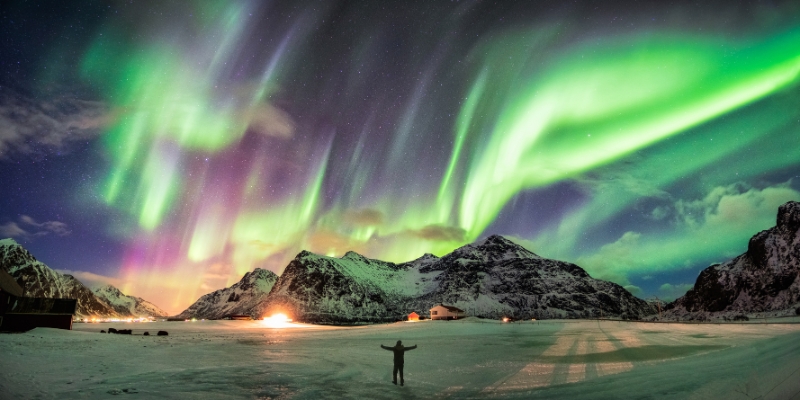
The Science of the Northern Lights:
The Northern Lights are a heavenly dance above Earth. Solar wind collides with Earth's atmosphere to cause this natural phenomenon. These impacts unleash energy as colorful light, generating the stunning Northern Lights. Norway is one of the best places on Earth to see the aurora due to its placement in the auroral oval.
Green is the most prevalent Northern Lights color. There are additional red, pink, purple, and blue tones. They generate various forms and patterns, from soft wisps across the sky to vivid curtains that dance like the universe. Seeing the Northern Lights in Norway is more meaningful when you understand the science.
Tromsø - The Gateway to the Arctic Lights:
Tromsø, known as the "Gateway to the Arctic," is a bustling city in northern Norway and a top spot for Northern Lights viewing. Aurora chasers love it for its strategic placement in the auroral oval and warm winters. Tromsø offers several adventures, like dog sledding and exploring the environment to see the Northern Lights.
A top attraction in Tromsø is the Northern Lights Cathedral, an architectural marvel that enhances the aurora experience. The Tromsø Arctic-Alpine Botanic Garden offers spectacular views and great viewing sites for observing the Northern Lights naturally. The city's air and maritime accessibility makes it a fantastic Northern Lights base in Norway.
Lofoten Islands - A Remote Aurora Paradise:
For a more distant and rough Northern Lights experience, the Lofoten Islands are appealing. This island off Norway's northwest coast is known for its stunning fjords, beautiful mountains, and charming fishing communities. Auroras are set against the pure natural surroundings.
Exploring the Lofoten Islands is like entering Norway's Arctic wildness. From historic Rorbuer cottages overlooking the Northern Lights to snow-covered walks, the Lofoten Islands provide a peaceful way to enjoy the heavenly grandeur. Photograph the Northern Lights reflecting in the fjords' clean waters for a stunning sight.
The Arctic Circle and Beyond:
The Arctic Circle covers most of Norway's northernmost borders, providing several Northern Lights viewing possibilities. Discover unique Arctic experiences in Kirkenes, Alta, and Svalbard sites beyond Tromsø and the Lofoten Islands. Winter hotels in Kirkenes let guests see the Northern Lights from their cozy beds. Alta, the "City of the Northern Lights," has the first Northern Lights observatory. Discover the science behind auroras and see them in action here.
The Sami Culture and the Northern Lights:
The northernmost indigenous tribe in Europe, the Sami, is deeply connected to the Arctic and auroras. Sami culture may be experienced via reindeer sledding, joik singing, and campfire storytelling. Lavvu tents, traditional Sami constructions, are used for eating in northern Norway. Warm, cozy tents provide a genuine setting for Sami food and Northern Lights viewing. The Northern Lights journey is enhanced by learning about the auroras' spiritual and historical importance in Sami culture.
When to Chase the Northern Lights:
The Northern Lights in Norway are best visible from late September until early April. The Arctic is darkest in December, January, and February. Thus, the best time to see the auroras is then. In these months, Aurora chasers have lengthy dark hours to catch the celestial shows.
Travelers should plan their Northern Lights journey during peak months but be prepared for weather changes. Northern Norway has variable weather, so Northern Lights hunting requires flexibility. The Northern Lights are elusive and need straightforward, dark skies, so travelers should remain patient.
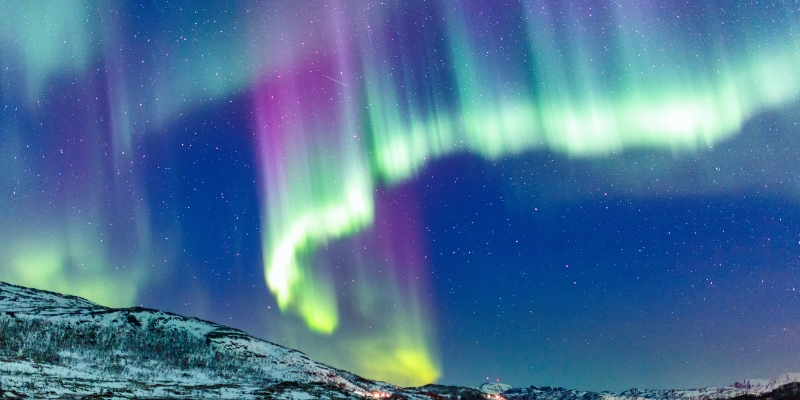
Capturing the Magic - Photography Tips:
The Northern Lights are stunning; many visitors take photos of them. Aurora photography requires special equipment and techniques to capture and preserve the ethereal vision. A manual-setting DSLR or mirrorless camera is needed to photograph the Aurora Borealis. A wide-angle lens with a fast aperture, such as f/2.8 or more expansive, is also preferred. For stable photography, a sturdy tripod is needed. Finally, utilise utilizee shutter release. RAW photography allows you greater post-processing flexibility. Camera settings should start with an ISO of 800–1600, an aperture of f/2.8 or more expansive, and a 5–20-second exposure.
When photographing the Northern Lights, aim towards infinity. It's also important to anticipate the need to adjust your camera settings due to aurora brightness. Light pollution may be reduced by choosing a place far from metropolitan areas with plenty of artificial lighting. The growth and enhancement of Aurora photography skills need patience and consistent practice. Photographing the Northern Lights in their full glory preserves their mystical beauty.
The Role of Solar Activity:
The Aurora Borealis' intensity depends on sunspots and flares. An 11-year solar cycle affects aurora frequency and intensity. The Northern Lights are more frequent and intense at the solar maximum. Anyone planning Northern Lights treks must understand the solar cycle. Visitors during solar active seasons are more likely to observe spectacular auroras. However, the Northern Lights may be observed during low-sun seasons. Thus, this should not deter you from visiting Norway.
Safety and Comfort:
Pursuing the Northern Lights is an exciting adventure, but safety and comfort are crucial, especially in Norway's Arctic conditions. Here are some tips for a safe and pleasant Northern Lights experience: Layering is crucial in the Arctic winter. Thermal clothing, boots, gloves, and a good winter coat are needed. Protect yourself from the cold by wearing a hat and scarf.
Choose cozy accommodations. Northern Norway lodges and hotels offer relaxing lounges with fireplaces, saunas, and other amenities to help guests unwind and recharge after a night of aurora borealis viewing. Use aurora forecasting apps and websites to track aurora activity and find the best times and places to observe the Northern Lights. These sources should be examined adequately for the latest and most reliable information.
Travel with educated local guides who understand the region and aurora phenomenon to enhance your Northern Lights experience. The people can direct you to the best viewing spots and explain the phenomena you're experiencing. Travel plans must be carefully planned. Weather and auroral forecasts should be considered while making arrangements. Certain tour firms provide multi-day packages with many Northern Lights viewings, increasing the probability of success.
Conclusion:
Norway, famed for its untouched Arctic scenery, is excellent for viewing the Aurora Borealis. This stunning natural phenomenon has captivated tourists for years. Norway offers numerous experiences for aurora enthusiasts, including Tromsø's attractions, the Lofoten Islands, and the charm of Sami culture. Chasing the Northern Lights in Norway may be thrilling and unforgettable depending on preparation, patience, and luck. Prepare for an unforgettable journey to Norway's Aurora Borealis by wearing your warmest clothes and bringing a camera.
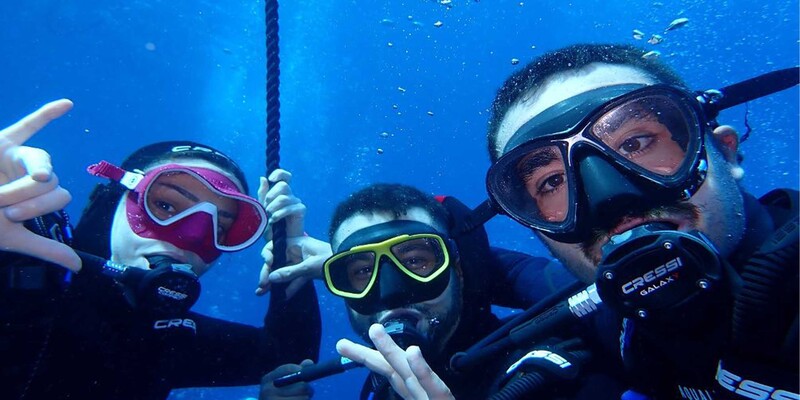
Exploring the Depths: Scuba Diving in Mumbai
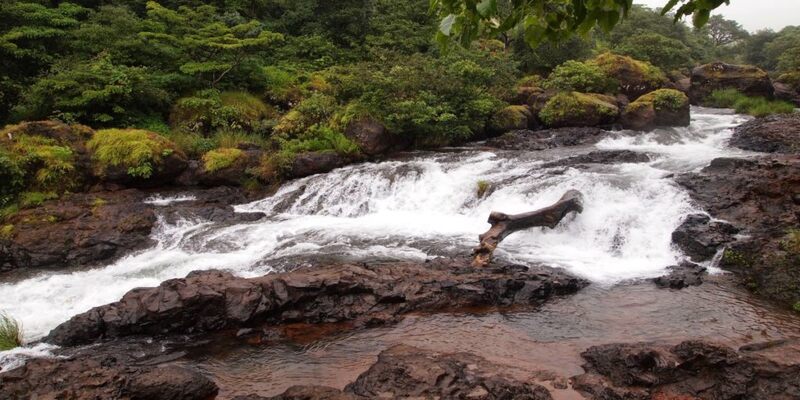
Unexplored Places in Maharashtra To Visit In 2023
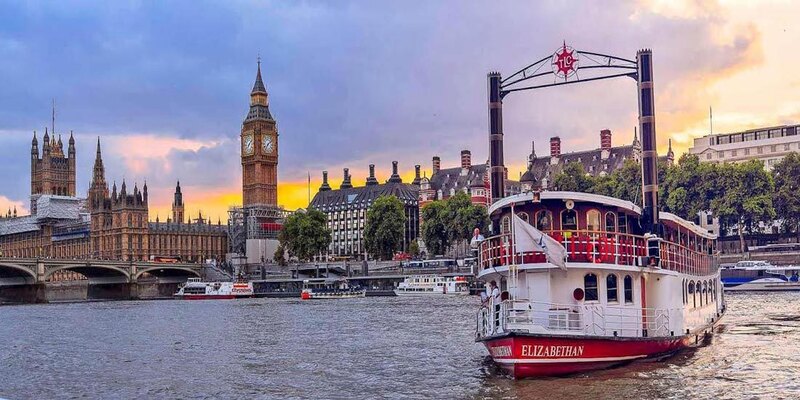
Bloemen, Amsterdam: A Must-visit Flower Market in Amsterdam
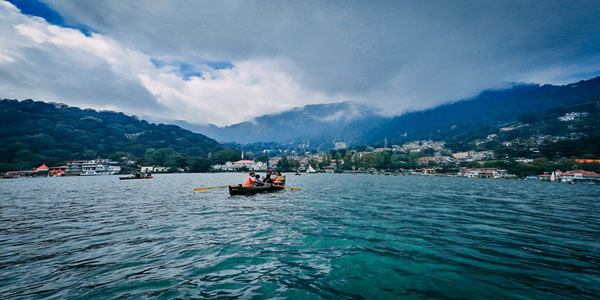
An Unveiling of Summer Wonders in Uttarakhand
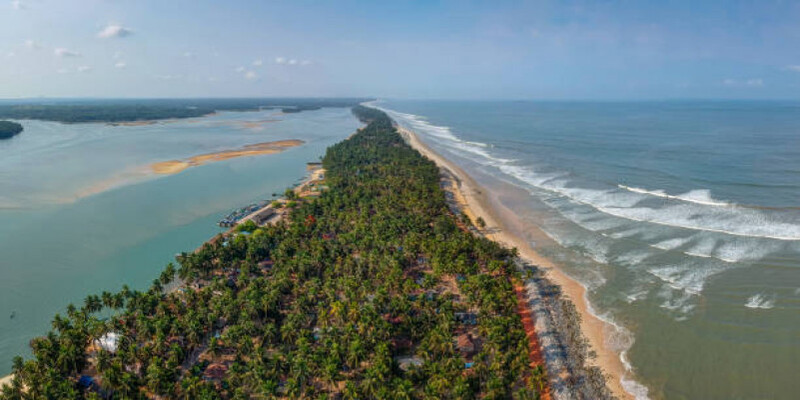
4 Best Ways to Reach Mangalore | Ultimate Travel Guide
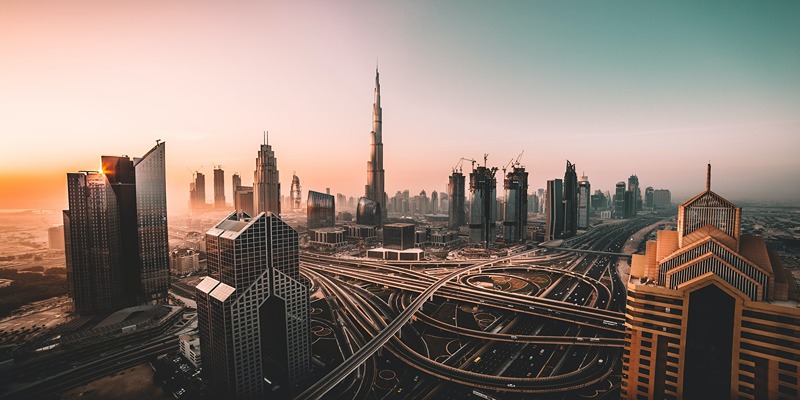
A Voyage Through Wildlife Parks in the Emirates

Cycle To The Highs And Lows Of Madhya Pradesh This Season
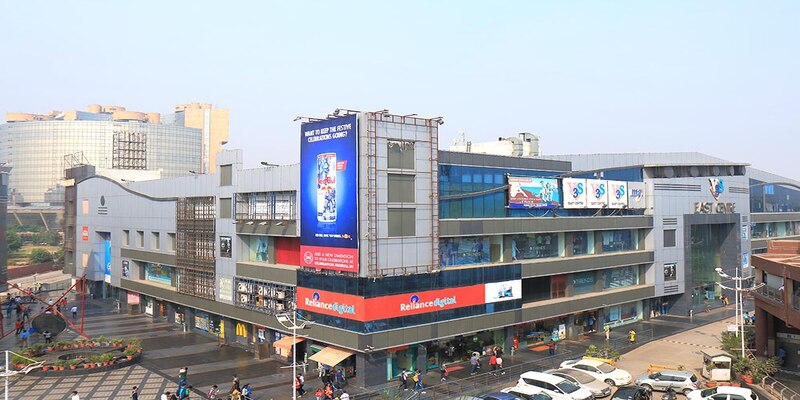
Best 9 Shopping Malls in Delhi: Timing, Nearest Metro Station

Best 5 Places to Visit in North India with Key Attractions
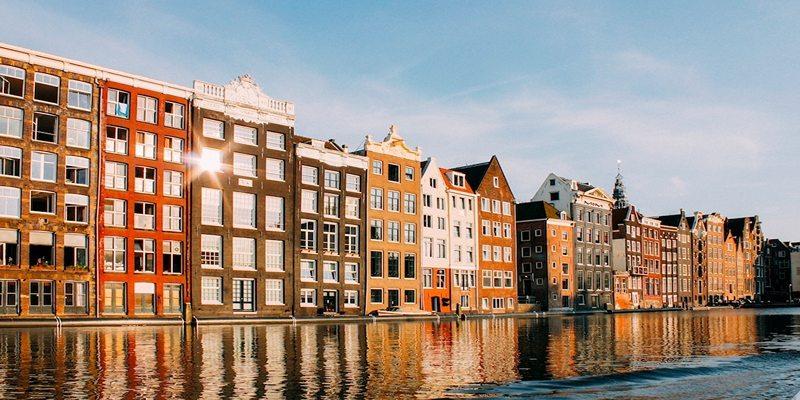
Where To Stay In Amsterdam Close To Everything
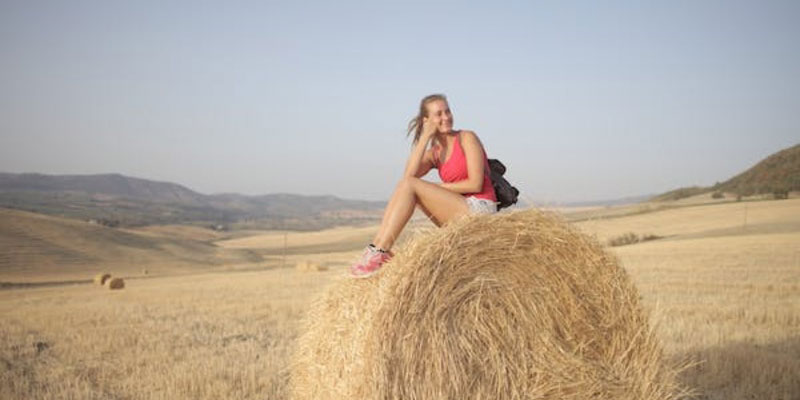
8 Ways to Stay Safe While Traveling Alone As A Woman
